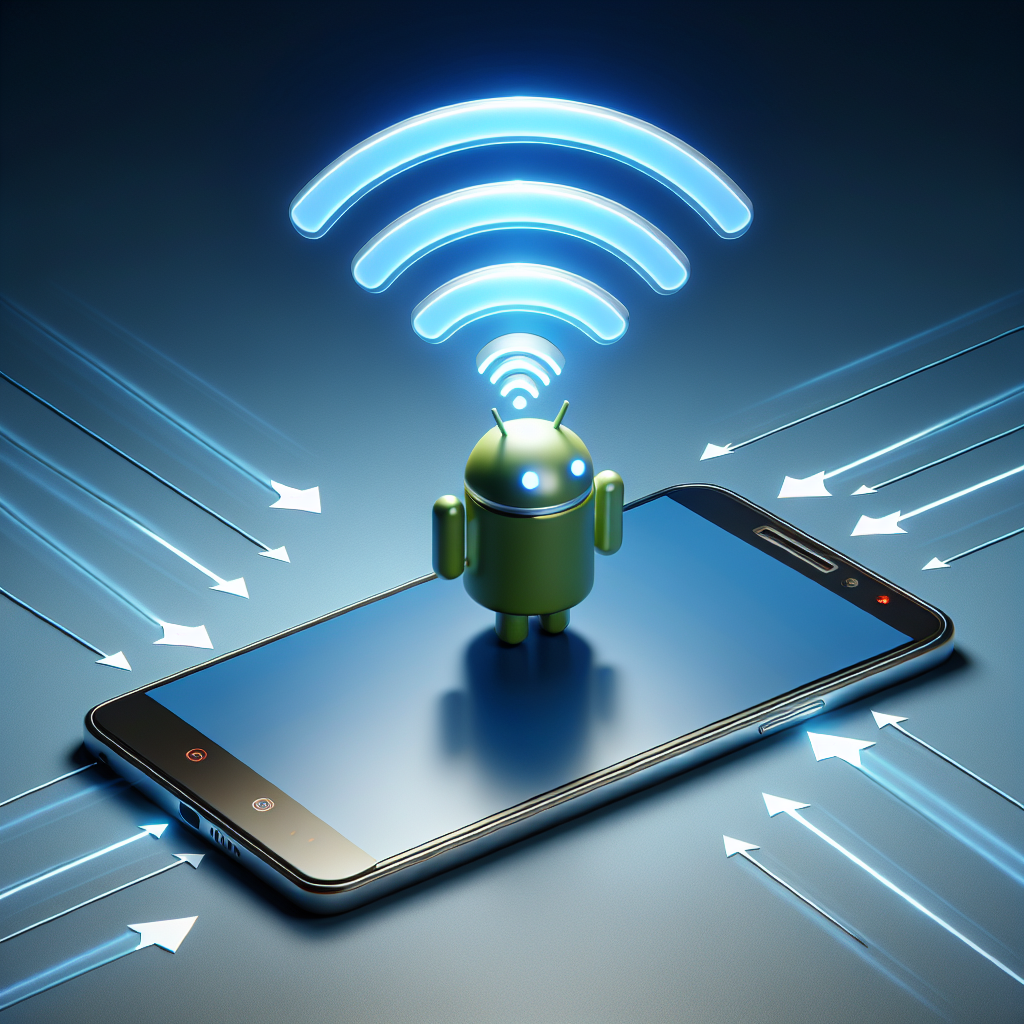WiFi Direct is a wireless technology that allows devices to connect directly to each other without the need for a traditional wireless router. This can be incredibly useful for sharing files, streaming content, or even playing multiplayer games. In this article, we’ll explore how to use WiFi Direct on Android devices efficiently.
What is WiFi Direct?
WiFi Direct is a standard that enables easy, direct wireless connections between devices without requiring an access point. It offers fast transfer rates and broad compatibility, making it an excellent choice for quick file sharing and more.
Steps to Use WiFi Direct on Android
1. Enable WiFi Direct on Your Device
To begin using WiFi Direct, you need to enable it on your Android device.
- Open the Settings app on your Android device.
- Tap on WiFi.
- Select WiFi Direct from the available options.
- Your device will start scanning for available devices to connect to.
2. Connecting to Another Device
Once WiFi Direct is enabled, you can connect to another compatible device.
- Ensure that the other device also has WiFi Direct enabled.
- Find and select the device you want to connect to from the list.
- A connection request will be sent to the chosen device. Accept the request to complete the connection.
3. Sharing Files Using WiFi Direct
After establishing a connection, you can start sharing files.
- Open a file manager app on your device.
- Select the file you want to share.
- Tap on the Share button and choose WiFi Direct as the sharing option.
- Select the connected device from the list to send the file.
Example of Transfer Speed Comparison
Here’s a quick comparison of transfer speeds using different methods:
| Method | Average Speed |
|---|---|
| Bluetooth | 2-3 Mbps |
| WiFi Direct | 50-250 Mbps |
| USB Cable | 480 Mbps (USB 2.0) |
Troubleshooting Common Issues
Here are some common issues you may encounter and how to resolve them:
Connection Issues
- Ensure both devices are close to each other.
- Restart WiFi on both devices.
- Make sure neither device is already connected to another WiFi Direct connection.
File Transfer Failures
- Ensure there is enough storage space on the receiving device.
- Restart the file manager app and try again.
- Check for any software updates that may resolve compatibility issues.
Advantages of Using WiFi Direct
- High Transfer Speeds: WiFi Direct offers much faster transfer rates compared to Bluetooth.
- Ease of Use: Setting up a WiFi Direct connection is straightforward and quick.
- Broad Compatibility: WiFi Direct is supported by many devices, including smartphones, tablets, and laptops.
- No Need for Internet: Unlike traditional WiFi setups, WiFi Direct doesn’t require an internet connection.
Applications of WiFi Direct
- File Sharing: Share large files quickly and easily.
- Multi-Player Gaming: Connect multiple devices for a seamless gaming experience.
- Screen Mirroring: Project your device’s screen onto another screen wirelessly.
- Media Streaming: Stream videos and music between devices without lag.
Conclusion
WiFi Direct is a versatile and powerful tool for Android users. Whether you’re sharing files, streaming media, or gaming, WiFi Direct offers a fast and reliable connection method. Now that you know how to use WiFi Direct on Android, you can take advantage of this technology for all your direct device-to-device connection needs. Happy sharing!

